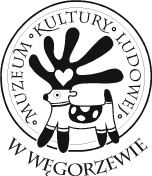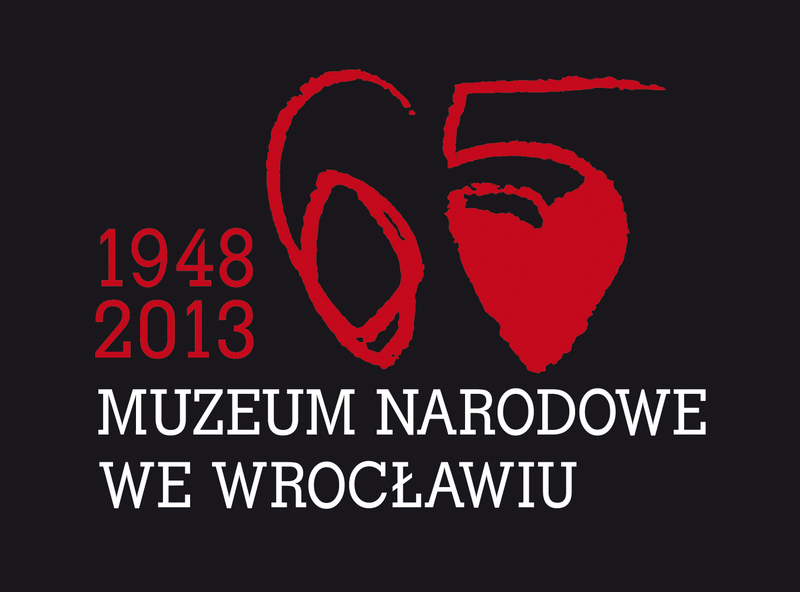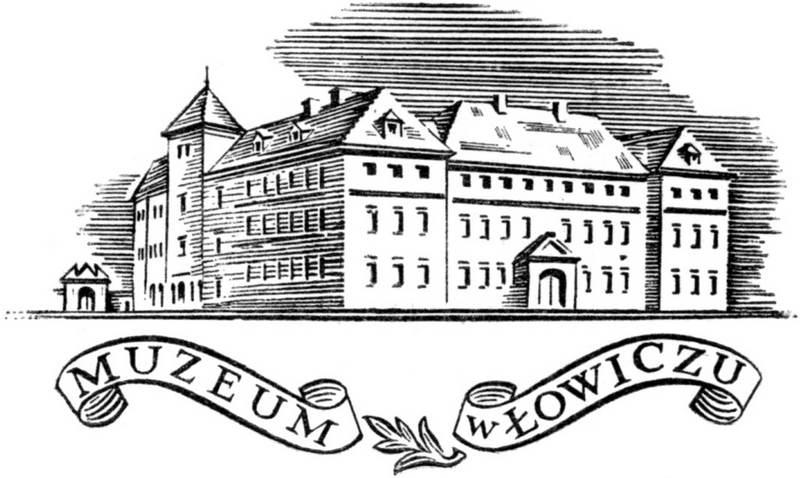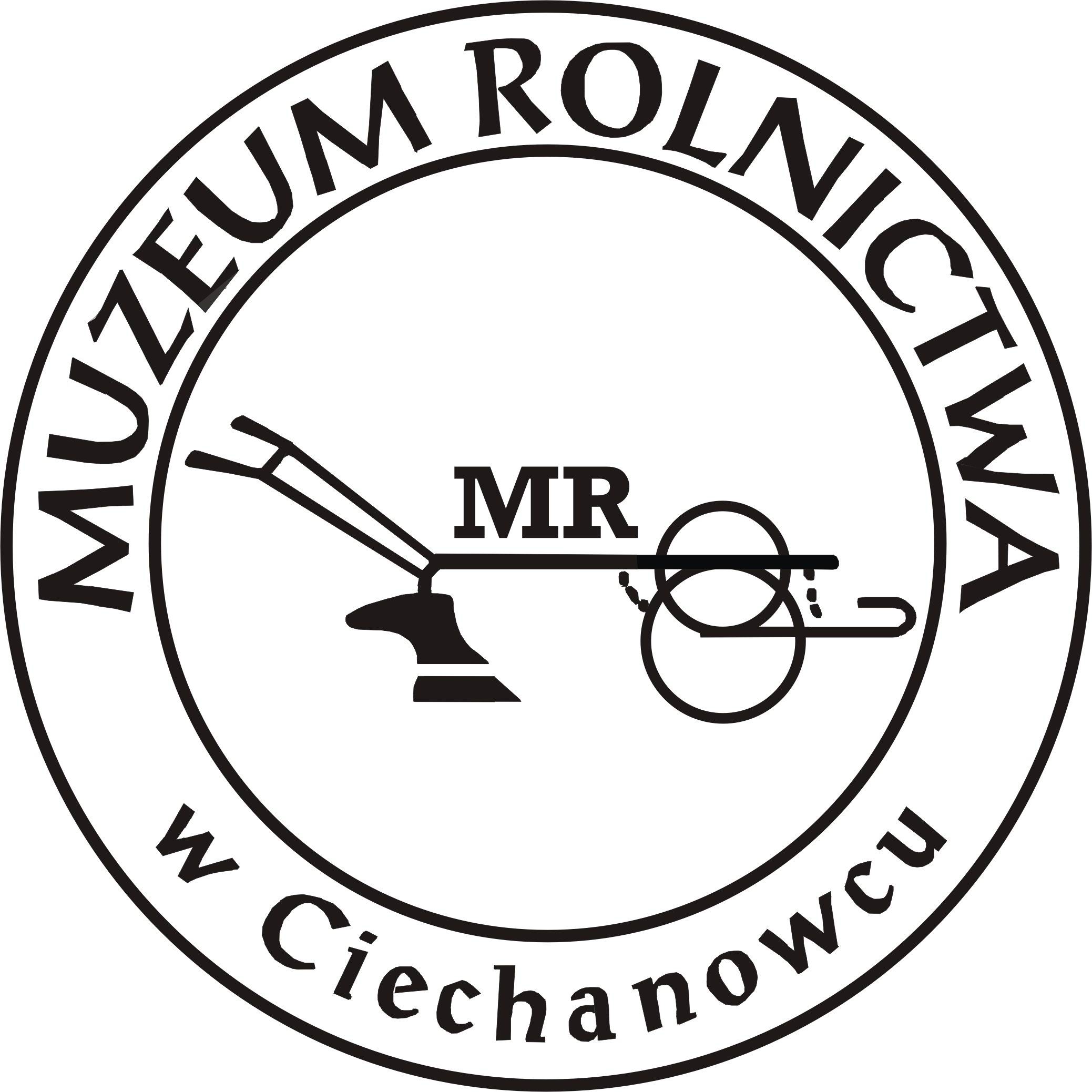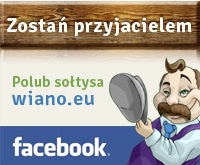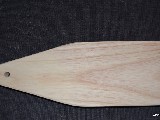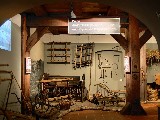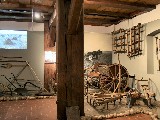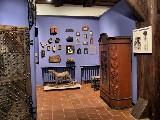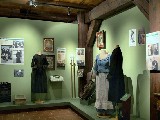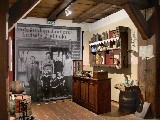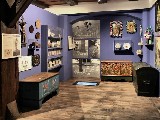Pobierz MP3
- Starej babie młodego się zachciało
- Kolęda Hej w dzien narodzenia
Kolędy Podkarpacia czytaj - Opowieść O czarnoksiężniku i trzech dziewicach
Konkurs na pamiątkę czytaj - Piosenka dziecięca Sikoreczka pstra
Konkurs na pamiątkę czytaj - sd
Partnerzy
Kontakt
2010-02-10 Modern exhibitions
„Mysteries of Everyday Life" is a new permanent exhibition of the Ethnographic Museum in Torun, depicting folk culture covering the land from Kujawy region to Baltic Sea in years 1850-1950. It presents everyday life of people dwelling in villages and towns of ethnographic regions: Kujawy, Chełmno Land, Bory Tucholskie, Kociewie, Pałuki, Dobrzyń land and Krajna.
It is one of the most modern permanent exhibitions in Polish ethnographic museology!
The museum used audio and film recordings, as well as multimedia presentations, which one will be able to watch on small and big screens while visiting. Among items that are unique there are films about a child’s visit to a faith healer from Radziejów and about fasting customs. The films also feature topics of baptism, communion, wedding and funeral.
Visitors will also have the opportunity to listen to wedding and funeral songs, as well as folk tales e.g. in an especially prepared room. One can shut oneself in it and listen to one of a few legends, which were certainly being once told in the evening.
‘The exhibition present everyday life of ordinary people, which due to the long period of time that has passed since that time, is full of mysteries. These mysteries are revealed with those 1364 objects that have been obtained from museum magazines, where some of them have been stored for several dozen of years. However, one who thinks that the exhibition will turn into another tedious exhibition of relics closed in display cases is wrong. It’s a new approach, a new type of presentation, more friendly and comprehensible to visitors – explained to gazeta.toruń.pl Hubert Czachowski, the director of the museum.
The relics are not placed in rows, but are arranged so that they carry the visitors e.g. to an old shop. Apart from a counter and a shelf crammed with old colourful tins it’s possible to see old advertisements.
One can also see the shop of Wiktor Kuźmiński, who obtained his guild certificate in 1902. We incidentally learn that the loyalty programs have not been invented by today’s experts in advertising. Already at the beginning of the XX century Kuźmiński used to offer his most frequent customers subscriptions and suitable discounts for shaving and haircut.
Besides traditional exhibition, in an old-time kitchen we will have a chance to see on a big screen a least year’s film, in which Helena Pałkowska from Krzywogoniec shows how she bakes bread. The recipe was handed down for generations.
In the museum we also learn that housewives from Kujawy region were masters of piling up sand on the ground in front of the house mud floor in a room and this way forming patterns. The custom has disappeared irretrievably when wooden floors became popular. Today we can see it thanks to the film, which is shown in the Ethnographic Museum on a big screen that has been mounted in the floor, so that we have the impression that the housewife is creating elaborate design under our feet.
Artyku�y polecane
- Kujawskie zapusty
dodano: 2014-03-07 | ( komentarzy: 0 ) - Ceramika bolimowska
dodano: 2015-07-23 | ( komentarzy: 0 ) - Grupy zapustne
dodano: 2015-02-01 | ( komentarzy: 0 ) - Tłusty czwartek
dodano: 2012-02-15 | ( komentarzy: 0 ) - Ścinanie Śmierci
dodano: 2012-02-23 | ( komentarzy: 0 )
Najcz�ciej czytane
- Kwiaty z bibuły
dodano: 2013-01-07 | ( komentarzy: 0 ) - Kwiaty z bibuły
dodano: 2011-05-18 | ( komentarzy: 0 ) - Przepis na krochmal
dodano: 2010-01-10 | ( komentarzy: 3 ) - Jak zrobić beczkę
dodano: 2012-09-17 | ( komentarzy: 0 ) - Wieniec dożynkowy
dodano: 2012-07-29 | ( komentarzy: 0 )





